Cruise through the captivating world of 'Terms of Venery', where collective nouns tell tales more intriguing than mere language use.
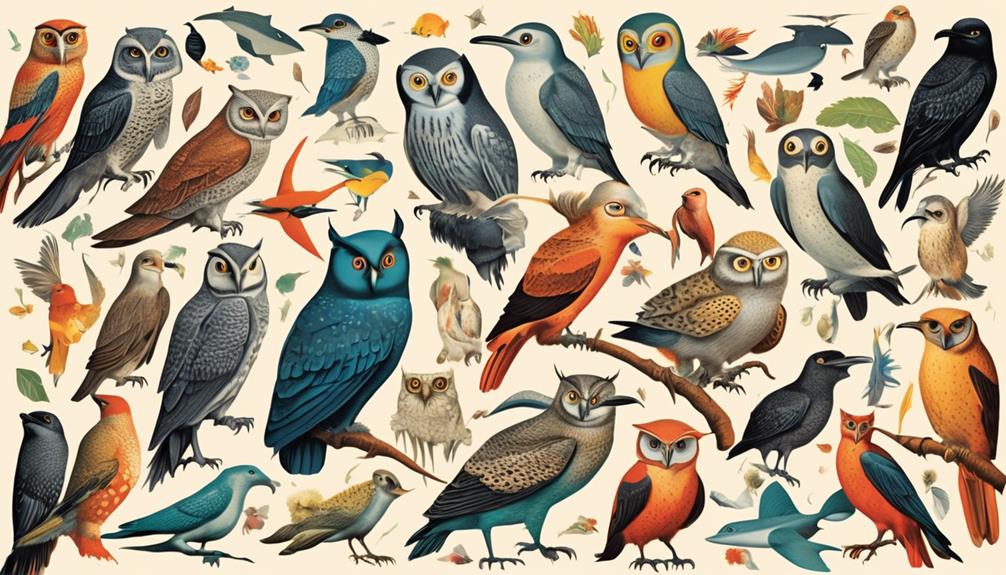
Terms of Venery
Imagine you're in a time warp, using a quill and parchment to jot down the collective nouns you've just learned. You've just stepped into the world of 'Terms of Venery', a realm where a group of crows is a 'murder', a gathering of owls is a 'parliament', and a cluster of stars is a 'constellation'.
Surprisingly, it's not just about animals but extends to inanimate objects, celestial bodies, humans, and even phenomena. Diving into this subject, you'll uncover the fascinating origins of these terms, their cultural significance, and their influence on literature.
But why do we have these specific terms? What purpose do they serve? Could there be more to these terms than just creative language use? Stay tuned to find out!
Key Takeaways
- Venery terms originated during the Late Middle Ages and reflect society's fascination with the natural world.
- These terms serve practical and aesthetic purposes in English hunting parlance and were influenced by the French language.
- Popular venery terms, such as 'Murder of crows' and 'Parliament of owls,' symbolize various concepts like death, wisdom, and knowledge.
- Uncommon animal group names, like 'Bloat of hippopotamuses' and 'Prickle of porcupines,' offer insight into linguistic and cultural perceptions of these animals.
Origins of Venery Terms
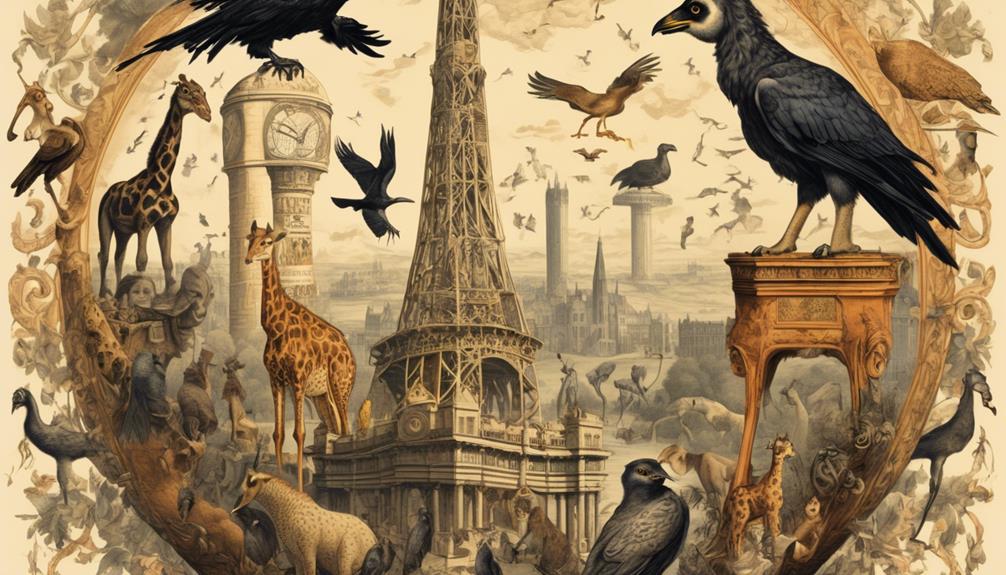
Delving into the origins of venery terms, you'll find that these collective nouns primarily emerged during the Late Middle Ages, reflecting society's fascination with the natural world and its intricacies. These lexical curiosities, often related to animals, were particularly prevalent in English hunting parlance, serving both practical and aesthetic purposes.
Venery terms developed out of necessity in hunting circles, where distinguishing between different groups of animals was essential. However, they also lent an air of sophistication and cultural finesse. The assumed etymology of these expressions points towards the French language, suggesting an influence from the Norman conquest of England in 1066.
Moreover, the production of literary works such as 'The Book of Saint Albans' in 1486, which included a comprehensive list of venery terms, further popularised their use. This book, attributed to Juliana Berners, was a pivotal resource in preserving and disseminating these terms.
In essence, the emergence of venery terms represents not only a linguistic development but also a socio-historical phenomenon. It illuminates the intricate relationship between language and culture, demonstrating how societal interests shape linguistic trends.
In studying venery terms, you're tapping into a rich vein of historical and cultural insights, adding depth to your understanding of language and its evolution.
Popular Venery Terms Explained
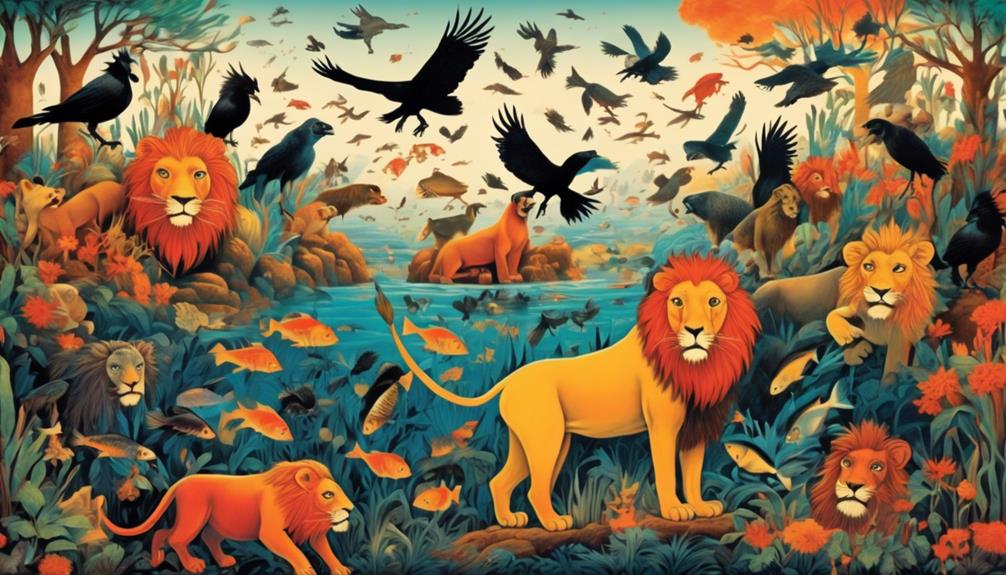
Having explored the historical origins and societal impact of venery terms, let's now turn our attention to elucidating some of the most popular and intriguing expressions in this linguistic category.
First, you've likely heard of a 'murder of crows'. This term, steeped in folklore, is tied to the bird's association with death and ominous forebodings.
Then there's an 'exaltation of larks', which originates from the bird's songful, uplifting flight, a sight that inspires exultation.
'Clowder of cats' is another. 'Clowder' stems from the term 'clodder', which means 'to clot' in Middle English, alluding to the clotted or clustered nature of a group of cats.
Similarly, a 'gaggle of geese' is so named for the noisy, cacophonous chatter of a group of geese.
Lastly, consider a 'parliament of owls'. Owls are traditionally associated with wisdom and knowledge, and 'parliament' historically refers to a legislative body of government, often seen as a gathering of wise individuals.
These terms showcase the rich linguistic tapestry of venery terms, reflecting not just animal behavior, but cultural, historical, and societal contexts.
Mastering them adds depth and color to your language usage.
Uncommon Animal Group Names
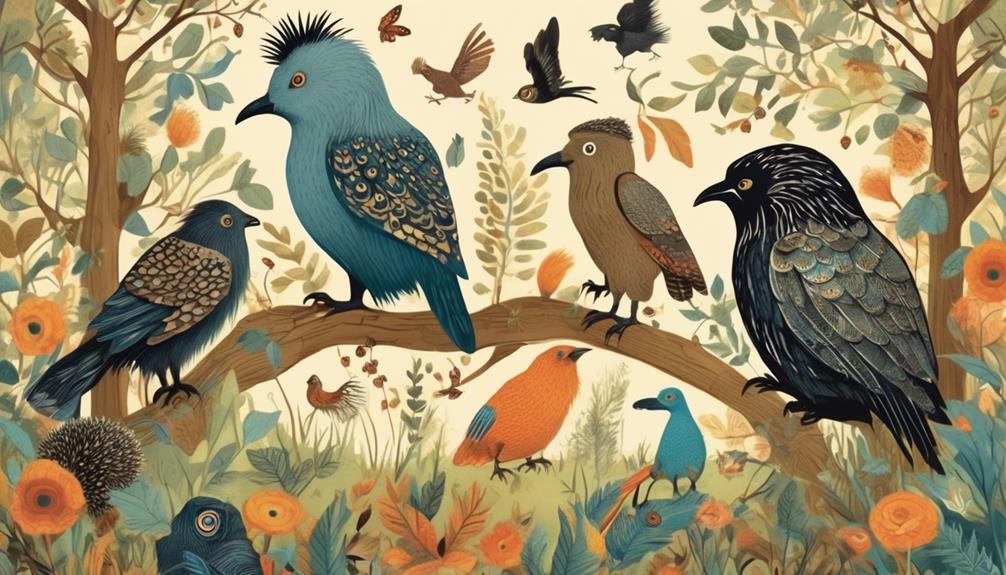
Have you ever stumbled upon a 'bloat of hippopotamuses', a 'prickle of porcupines', or a 'cauldron of bats'? These terms, part of the lexicon of venery, are representative of collective nouns assigned to specific groups of animals. They're not only fun and intriguing, but also offer a glimpse into the linguistic and cultural perceptions of the past.
A 'bloat of hippopotamuses' perfectly captures the hefty physicality of these river dwellers. The term 'prickle of porcupines' cleverly reflects their sharp, quill-covered bodies. The term 'cauldron of bats', on the other hand, likely stems from associations of bats with witchcraft and the supernatural.
These terms of venery aren't merely arbitrary labels. They're steeped in layers of historical significance and cultural symbolism, often drawing from the animal's physical attributes, behaviors, or the roles they played in folklore and mythology. Therefore, they can serve as linguistic time capsules, preserving the perceptions, beliefs, and attitudes of the societies that coined them.
The Role of Culture in Venery
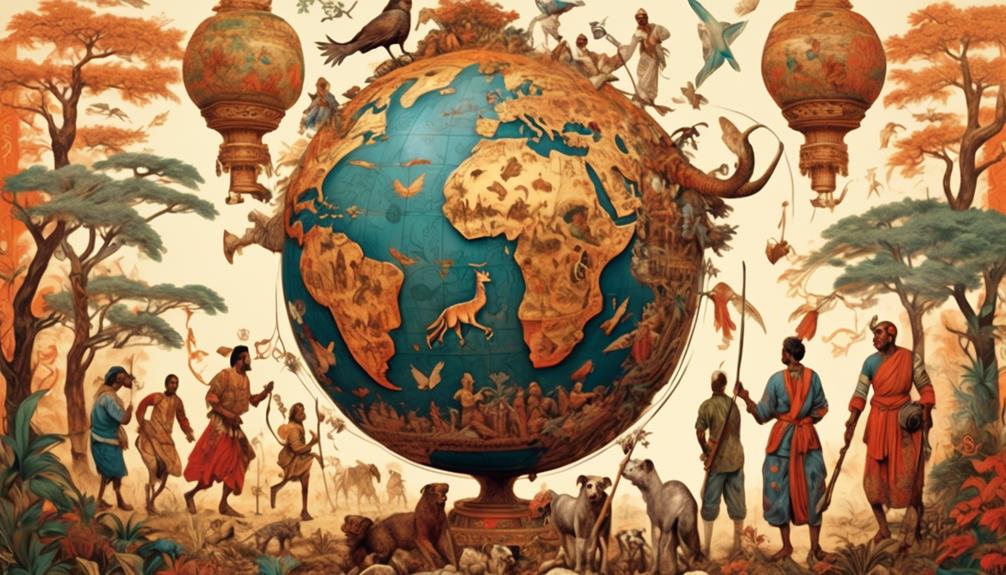
While you may see these collective animal names as merely whimsical, it's the cultural context in which these terms of venery arose that truly reveals their significance. Venery terms aren't random or arbitrary; they're deeply steeped in our shared cultural heritage, reflecting societal values, beliefs, and knowledge of the natural world at the time of their creation.
For instance, a 'parliament of owls' implies a wisdom and orderliness that we associate with this bird species and the institutions of governance. This reveals the anthropomorphic tendencies of our ancestors, their propensity to attribute human characteristics to animals. Similarly, a 'murder of crows' reflects the common perception of crows as harbingers of doom, influenced by folklore, superstition, and religious beliefs.
These terms inform us about how societies perceived and related to the natural world. They're a linguistic mirror reflecting historical, cultural, and intellectual contexts. Therefore, understanding the cultural role in venery enhances our appreciation for these unique terms, reminding us of the symbiotic relationship between language, culture, and nature.
It's not just about linguistic creativity; it's about how our ancestors interacted with, understood, and depicted the world around them.
Impact of Venery Terms on Literature

Ever considered how terms of venery have shaped literature, painting vivid images and reinforcing themes in our favorite tales? These terms, often a group of animals, have an underrated yet significant impact on literary works. They've breathed life into characters, settings, and plotlines, enriching our understanding and appreciation of stories.
Take, for instance, a 'murder of crows'. This term doesn't just describe a group of birds; it's laden with symbolic, cultural, and emotional weight. In literature, it's often used to foreshadow doom or death, enhancing the atmosphere and tension of a narrative. Similarly, an 'exaltation of larks' is more than just a collective noun. It can evoke images of joy, freedom, and beauty, subtly influencing a story's mood and theme.
Literary devices like these are crucial tools for authors. They're not just about accurate animal group names, they're about creating memorable, evocative imagery that resonates with readers.
Frequently Asked Questions
How Are New Venery Terms Coined and Approved in Modern Times?
You're asking how new terms are created and accepted today.
Well, it's quite a democratic process. Typically, someone proposes a new term, and if it's clever and useful, it catches on through usage in literature, social media, and popular culture.
It's not officially approved, but rather, it's accepted by the people. However, getting widespread acceptance for a new term can be quite a challenge. It really depends on how well it resonates with the public.
Are There Any Controversies or Debates Surrounding the Use of Venery Terms?
Yes, debates do occur surrounding the use of certain terms. It's due to the fact that language is continually evolving and the meanings of words can change over time. Some people believe that traditional terms should be maintained, while others argue for modernization. These controversies can influence how language is used and understood.
It's crucial to remember that your choice of terms can have a significant impact on your communication's effectiveness.
Do Any Other Languages Besides English Use Venery Terms, and if So, How Do They Compare?
Yes, other languages do use such terms. In French, they're called 'termes de vénerie' and in German, 'Jagdbegriffe'. These terms usually reflect the cultural and historical aspects of hunting in each society.
You'll find a variety of expressions, some similar to English, others quite unique. It's fascinating to compare them, as it gives insight into how different cultures perceive and interact with the animal kingdom.
How Has the Use of Venery Terms Evolved Over the Years in Various Societies?
You've asked about the evolution of certain linguistic terms over time in various societies. It's fascinating to see how language adapts.
In earlier times, these terms were mainly used among hunters, but they've since spread to other areas of society. They've become more playful and less formal, often used for humor or to add color to language.
This demonstrates both the flexibility of language and the ongoing influence of historical traditions.
Can Venery Terms Be Used in Contexts Other Than Describing Groups of Animals, Such as in Science or Mathematics?
Sure, you can use collective nouns in different fields like science or mathematics. In science, they're often used to categorize elements or compounds.
In mathematics, they're used to describe sets or series. However, the usage is more metaphorical and not as standardized as in venery terms.
It's really about the creativity and clarity of the person using them.
Conclusion
In wrapping up, you've navigated the fascinating origins, popular and uncommon terms of venery, and their cultural and literary influence. You've seen how these collective nouns not only enrich our language, but also enhance our appreciation of nature's diversity.
It's fascinating to see how language, culture, and literature intertwine in the realm of venery. Hence, the exploration of venery terms isn't just a linguistic journey, but also a deep dive into our cultural and literary landscapes.




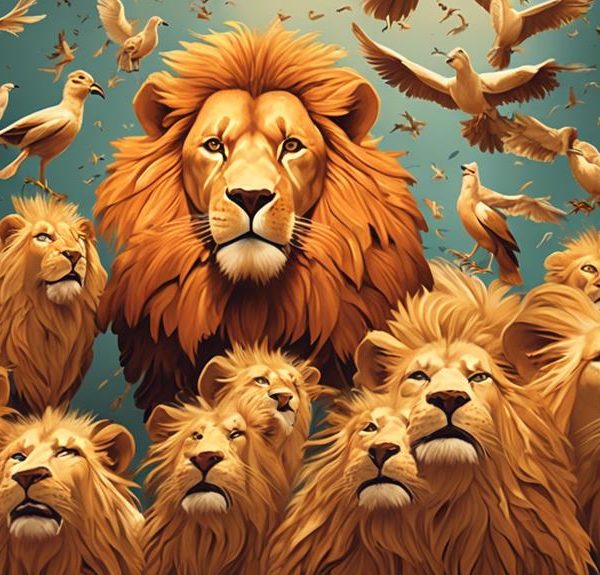
Sign up